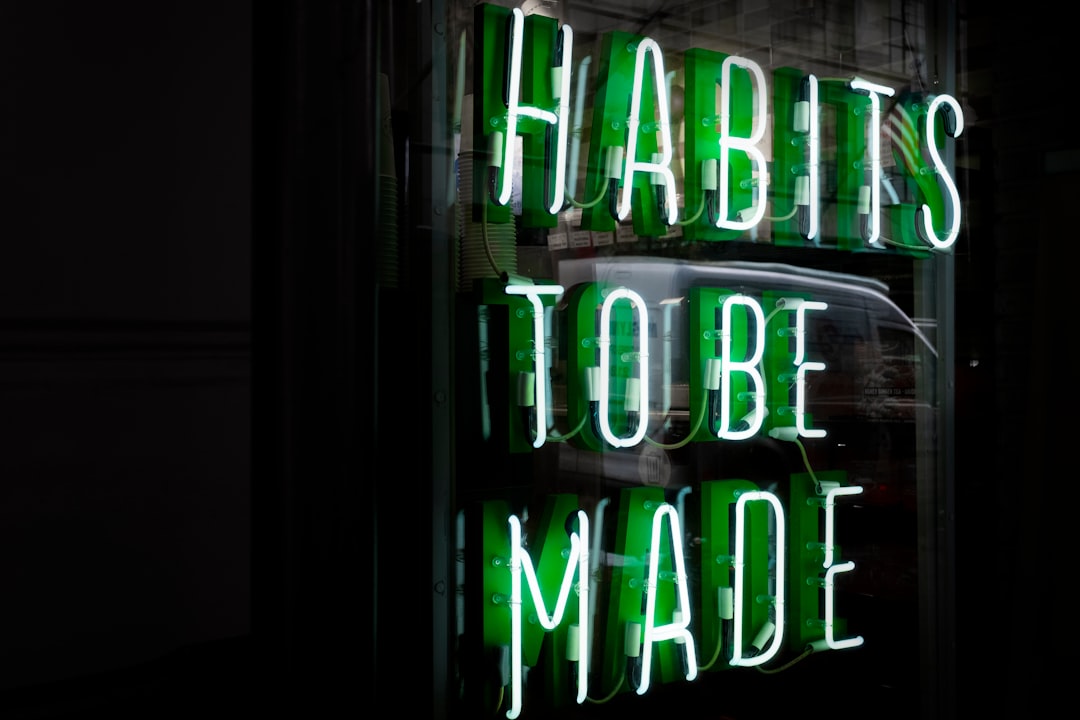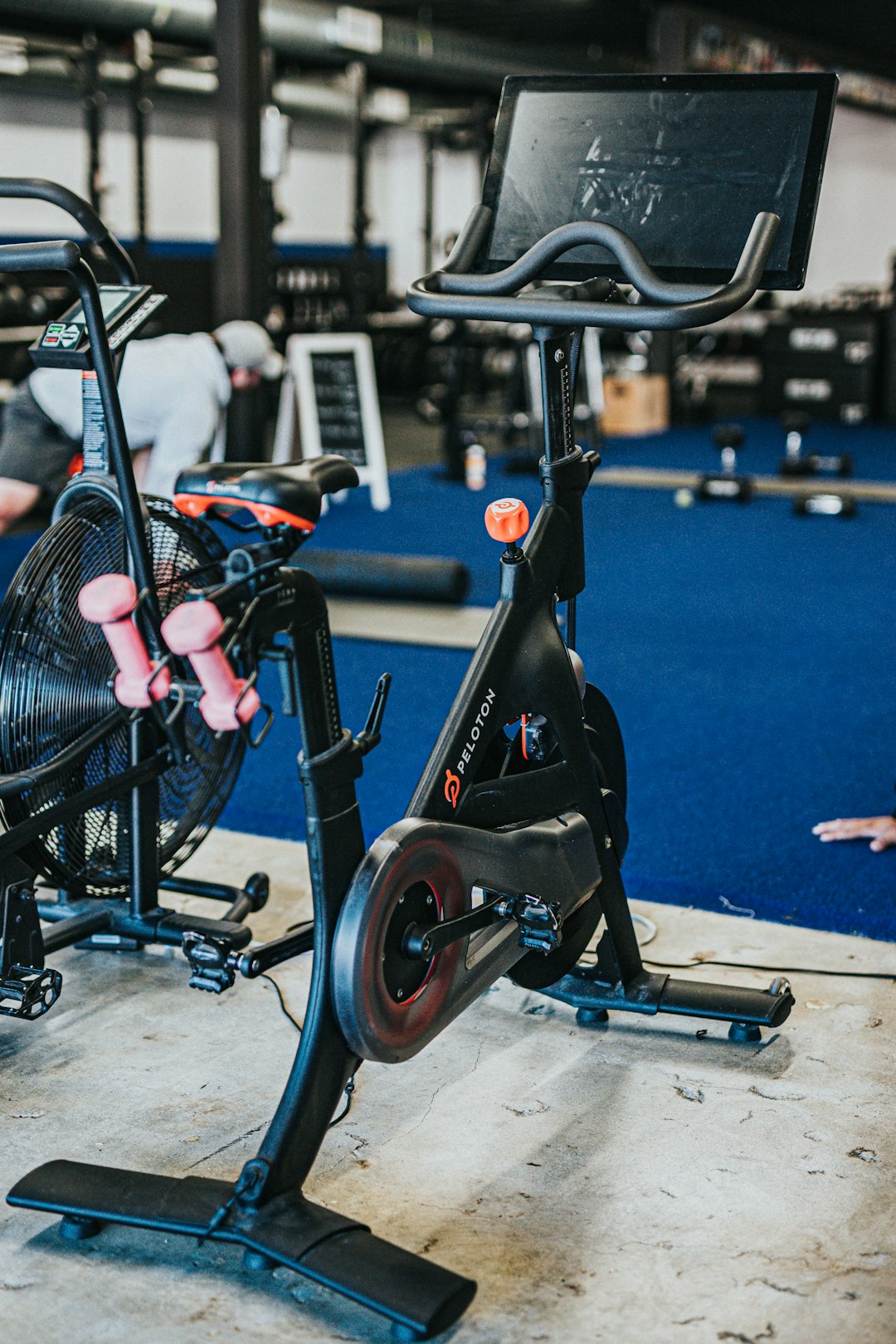12/30/22 1:44 pm
I’m not a huge believer in New Year’s resolutions. I support you if you’re making some, and wish you endless success in achieving those goals! But my focus is more on the practice of building achievable habits.

In April 2020, I realized that with the pandemic forcing me to work from home — eliminating my daily commute with the walk to the bus stop, the walk through Times Square to the office, and walking around Manhattan for meetings — that I was getting very few steps per day. My Apple Watch seemed like it wanted to ask me “Hey, Lex, did you die?”
So I decided to try Couch To 5k, having never really run before. And after going through that program, I was running a 5k every day — but I was making my knees hurt. So I decided I should cut back to running every other day. But then I felt too sedentary on the in-between days, so I tried the 100 pushup challenge.
A couple months into pandemic lockdown, I was running a 5k every other day and doing 100 pushups on the in-between days. I’m not really bragging here, though, because, quite simply, I hated it. I liked the idea of working out (which I’d never really done before), but I wasn’t enjoying my activities.
So I bought a Peloton. I was pretty nervous about it — it’s a pricey purchase, and I didn’t know if I’d like the classes or the biking or any of it. But I bought it, and in the two years I’ve had the bike, I’ve ridden about 6,000 miles. I’m on it almost every day, and on the treadmill when I’m not on the bike.
The trick, for me, was making Peloton a habit. This is true for cleaning out my inbox and for my daily smoothie and for other elements of my life that I wanted to make habitual. I didn’t set out on the Peloton to say I would bike every day for years. I said I wanted to bike three times that first week.
(I also did SO MANY beginner classes. “You can move on from beginner classes!” friends would tell me. “One beginner class is enough,” they’d say. I did easily a dozen or more beginner classes. And now, quite frankly, I kick ass on the Peloton.)

“I want to bike three times a week” is an achievable goal. “I want to bike every day for nearly three years” feels like an impossible one.
The reason New Year’s resolutions are so hard is that we’re trying to form lifelong (or, at least, yearlong) habits. My method — and I grant you I’m not the only person to share this advice, but I can promise you I live it successfully! — is to build small habits.
There are days I look at my inbox and think “I’m going to clear this puppy out today.” When that happens, though, I like to pause and reframe: “I’m going to spend the next X minutes clearing out at least 10 messages.” When my inbox has swollen to too many messages, handling all of them can feel insurmountable. Challenging myself to do it all is setting myself up to fail. So I commit to ten, and then maybe another ten after that.
When you think about your growth areas for 2023 and beyond, I’m not encouraging you think small, per se. Rather, I’m encouraging you to make big changes — big new habits — more achievable. Because 580-some words later, I’m getting to the real trick: Habits are WAY easier to develop and maintain when we feel like we’re succeeding.
You can workout one day a week, or spend one hour per week on inbox triage. You don’t have to settle for that volume, though. Once you’ve mastered it, that’s when you add the second weekly workout, or the additional hour of inbox maintenance. And be careful: Making positive new habits can be habit-forming.